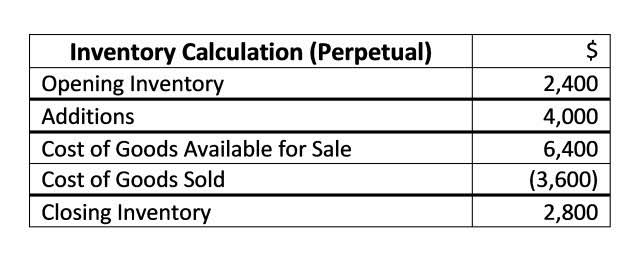
The weighted average number of outstanding shares is sometimes used instead of the actual number since it provides a more realistic picture of the company’s performance over time. This calculation takes any variations in the number of shares outstanding during the period. Ordinary shares (common shares) are the most basic type of stock that a company can issue.
Our Services

Deferred shares usually gives them less power to vote and a lower priority for dividend payments than common shares or preferred shares. Companies usually issue deferred shares to raise funds without diluting the ownership or control of current shareholders. The number of outstanding shares changes periodically as the company issues new shares or repurchases existing shares, splits its stock or reverse-splits it. We have seen corporate actions above and their treatment of the weighted average outstanding shares.
What are Weighted Average Shares Outstanding?
Outstanding shares are the total number of common Law Firm Accounts Receivable Management stocks owned by investors. Helpful Fool Company’s board has elected to issue just 2,000 shares at this time. Therefore, the company currently has authorized 5,000 shares and has 2,000 shares issued and outstanding. When you buy stock in a company, you buy a percentage ownership of that business.
- Get instant access to video lessons taught by experienced investment bankers.
- This is the number of shares outstanding after the beginning and all entered stock transactions have been accounted for.
- The company now has 5,000 authorized shares, 2,000 issued, 500 in treasury stock, and 1,500 outstanding.
- All companies must report their common stock outstanding on their balance sheet.
- The best businesses and the most skilled management teams will typically produce a consistently high rate of return on common stock equity.
- Stock prices change constantly, making it difficult to keep track of the cost basis of shares acquired over time.
How to Calculate Year-to-Date Earnings
Consult with an individual within the finance department of the business to access data concerning outstanding shares. That’s why ROE is one number that legendary investor and Berkshire Hathaway CEO Warren Buffett often discusses when he is talking about strong businesses. In his 1987 letter to shareholders, for example, Buffett noted that Berkshire’s largest divisions as a group earned a 57% ROE that year, which was higher than shares outstanding formula any of the 1,000 largest publicly traded companies. « You’ll seldom see such a percentage anywhere, let alone at large, diversified companies » with no debt, he said.

Investors calculate the cost basis to determine if their investment has been profitable or not, along with any possible taxes they might owe on the investment. The earnings per share calculation for the year would then be calculated as earnings divided by the weighted average number of shares ($200,000/150,000), which is equal to $1.33 per share. Company A issued another 12 thousand shares on 1 October during the year. Let us see how the weighted average number of shares outstanding will change. By calculating a company’s weighted average number of outstanding shares, we can how is sales tax calculated get a more accurate picture of its earnings. Consequently, the treatment of stock dividends and splits is different from the treatment used for issuances of shares in exchange for assets or services.
- This calculation takes any variations in the number of shares outstanding during the period.
- Divide the total value by the total number of shareholders to to find the average outstanding share.
- This adjustment is made if the split or dividend occurs during the year or even after the year-end.
- The board of directors or shareholder vote may increase the number of authorized shares.
- The remaining shares increase in value because the same earnings are now distributed among fewer shares when a company repurchases its shares from the market.
- The weighted average number of outstanding shares in our example would be 150,000 shares.
